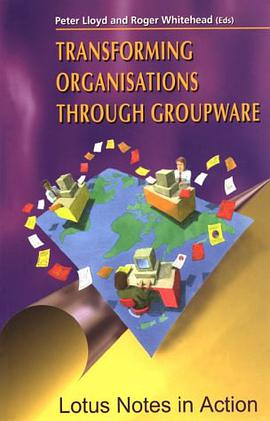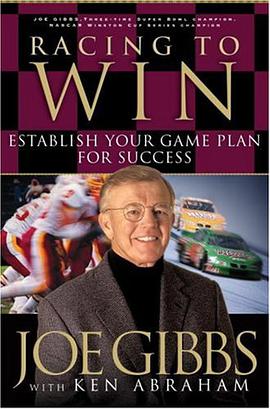

具体描述
<br ><br >FOREWORD TO THE FIRST EDITION<br >A normal newborn baby is helpless and totally dependent. He is unable<br >to raise and hold up his head, to sit up or to maintain any position<br >against the pull of gravity. He cannot by himself control any position<br >such as sitting or kneeling and without support would fall. His head<br >wobbles and he cannot hold it firmly in one positiop by himself.<br >Gradually, as the brain matures, he begins to control positions against<br >gravity. For instance, when the baby is about 5 to 6 weeks old and is<br >placed on his tummy he will raise his head quite well, and from then<br >onwards the control of his head will improve until, at about 6 months,<br >he can raise it high and look around. From the 5th month onwards the<br >baby can lift his head when lying on his back. Watch yourself when<br >trying to stand up from lying on your tummy - the first thing you will<br >do is raise your head and then put your arms down to push yourself up,<br >from this you will see how important head control is in order to stand up.<br >During the day-time all people hold their heads properly in line with the<br >neck and the body, it is held there firmly controlled and can be moved<br >and turned freely, and the eyes can look into the surrounding space or at<br >a book, carefully following a line. Head control is, therefore, one of the<br >most important factors of human development in the physical and the<br >mental field.<br > Another important factor of child development is the ability, starting<br >at about 6 months, to extend and use his extended arms for support. We<br >use our arms for pushing ourselves up to sitting, for getting into a<br >kneeling position in readiness for standing up. Even as adults we use the<br >support of our arms if for some reason we have to get onto our hands<br >and knees, or to get in and out of the bath. We also need the protective<br >extension of our arms, if, when sitting or standing someone pushes us and<br >we lose our balance. This shows that head control and the ability to use<br >extended arms for support are fundamental patterns of normal<br > movements against gravity and for balance, and develop in all of us very<br >early in life, however, an adult person will only need the use of his arms<br >and hands occasionally for support.<br > In normal circumstances the muscles of the body work in such a way<br > that we are able to maintain balance in all activities, freeing the use of<br > our arms for many and varied activities and skills, and only rarely for the<br > maintenance of our postures.<br > What goes wrong with the child with cerebral palsy?<br > Due to damage to the brain in earliest childhood, the development of<br ><br >
作者简介
目录信息
读后感
评分
评分
评分
评分
用户评价
相关图书
本站所有内容均为互联网搜索引擎提供的公开搜索信息,本站不存储任何数据与内容,任何内容与数据均与本站无关,如有需要请联系相关搜索引擎包括但不限于百度,google,bing,sogou 等
© 2025 book.quotespace.org All Rights Reserved. 小美书屋 版权所有




















